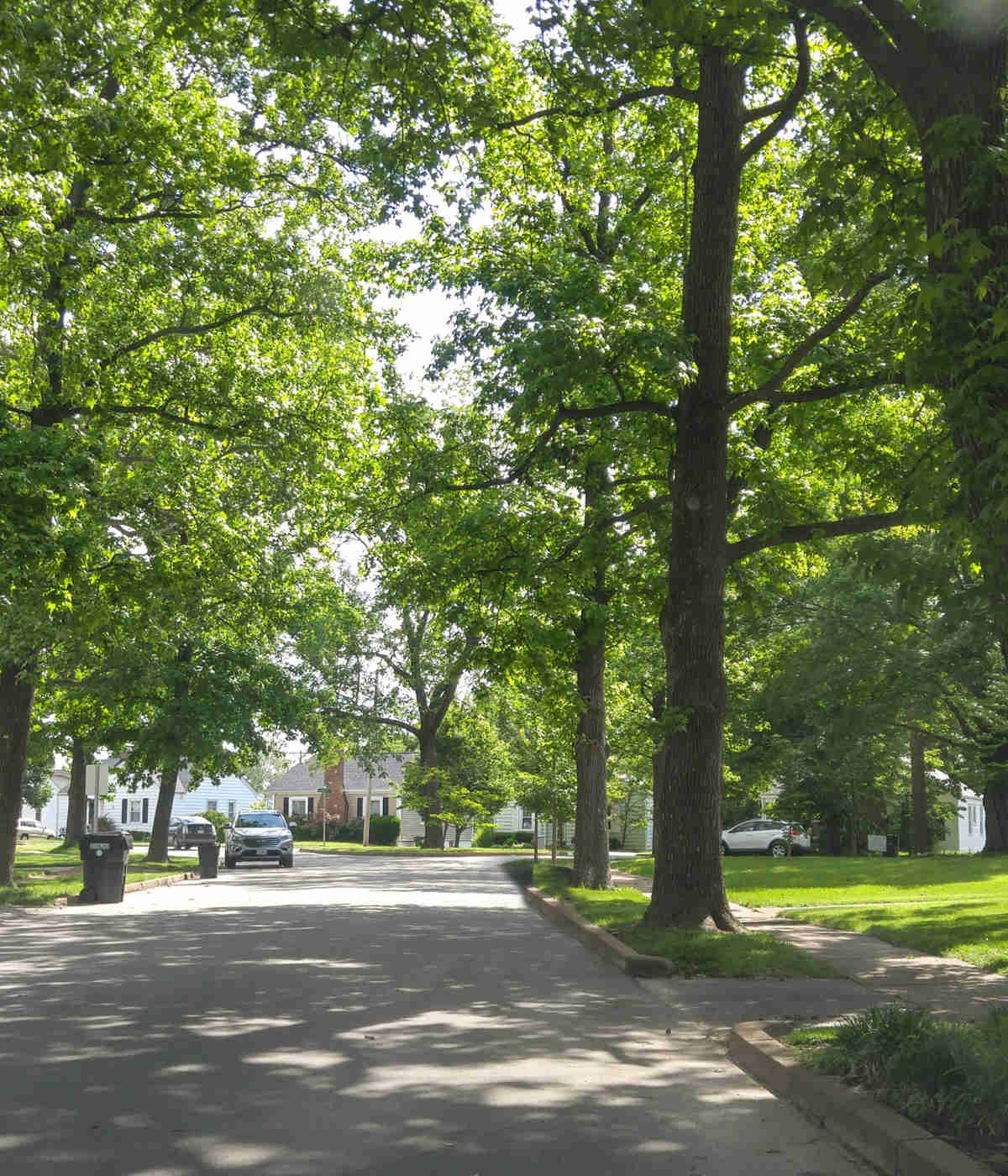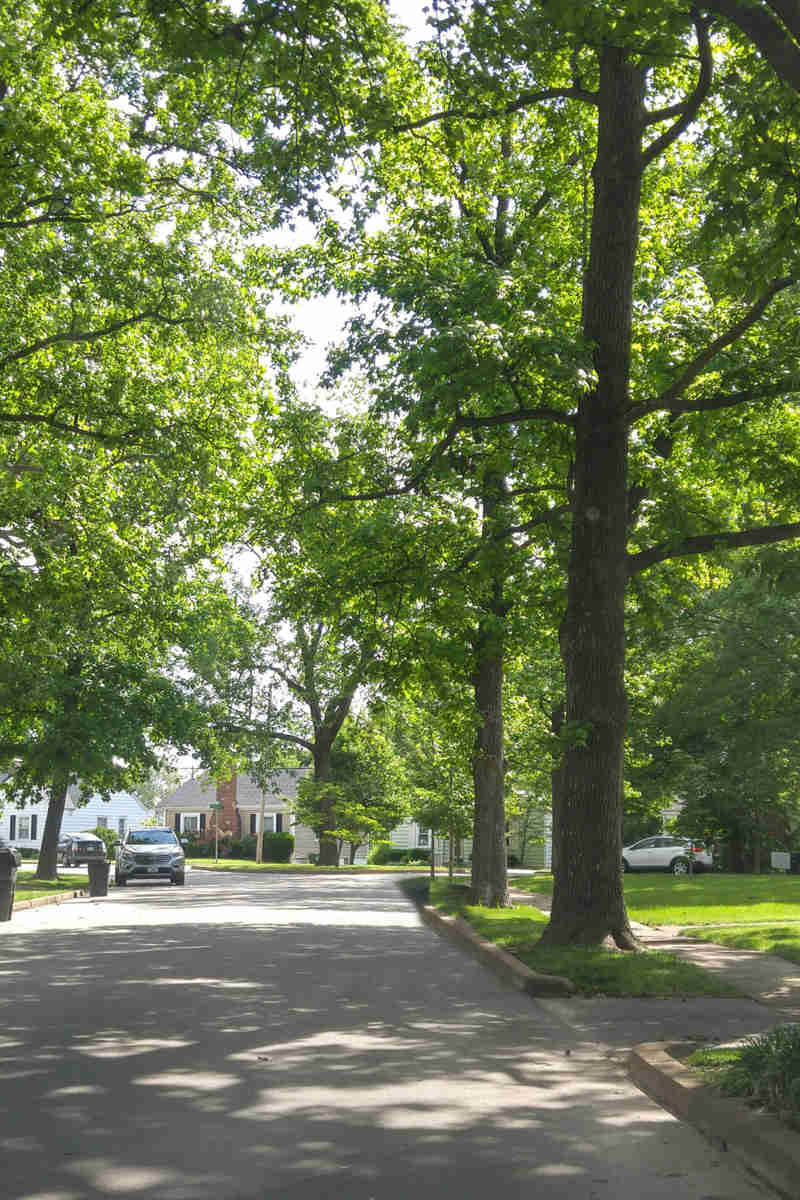When a storm hits or snow melts, the resulting runoff can become a headache for property managers. Downstream flooding, combined storm and sanitary sewer system overflows, infrastructure damage, and contaminated waterways can all result from stormwater rapidly running into drains, sewer systems, and drainage ditches, especially if these features aren’t regularly maintained.
Stormwater best management practices (bmps) can help mitigate the risks of infrastructure damage and decrease the chances of regulatory penalties during times of heavy precipitation by keeping up on the maintenance of your stormwater feature.
Stormwater features can vary by size and type. There are two types of stormwater infrastructure: green and gray infrastructure. Gray infrastructure refers to more traditional stormwater features in developed areas, such as gutters, drains, pipes, and retention basins. Green infrastructure, on the other hand, mimics nature to capture rainwater and slowly release it back into waterways. Common examples of green infrastructure features are bioswales, retention basins, and rain gardens.
Incorporating green infrastructure into your stormwater management system can help reduce and treat stormwater using methods that provide other environmental and economic benefits. Urban stormwater runoff can include pollutants that green infrastructure can treat, and green infrastructure’s ability to retain rainfall and slowly discharge it helps reduce storm and sewer overflows.
5 Questions to Determine if Your Stormwater Feature is Functioning Properly
Green infrastructure and other stormwater management features are regulated by local and regional governments, and their compliance requirements may vary. With regulatory agencies starting to crack down on stormwater compliance violations, it’s important to continually check on the state of your infrastructure.
You may be asking yourself how to manage stormwater runoff and where to start. Here are 5 easy checklist items to look out for:
- Can I see standing water? Standing water can be a sign that your infrastructure is clogged and may need cleaned out.
- Is the surrounding vegetation healthy and thriving? Verdant vegetation is a good indicator that your bioswale, rain garden, or other stormwater feature is doing its job properly. Vegetation that looks dead or dying may indicate that the conditions of your feature have changed over time and may need to be addressed.
- Are there bare patches of soil along the top of an embankment or anywhere on the slopes of my feature? Bare soil leads to erosion and sediment formation in the stormwater management system, which can lead to clogging. Fixing the issue proactively will help avoid a major headache down the road.
- Are there signs of erosion on the side of the slopes or embankments of my green infrastructure? Sediment buildup and visible tracks caused by running water in the soil can indicate that your feature is eroding and requires stabilization.
- Are there signs of burrows or animal tracks anywhere in my stormwater feature? Stormwater features mimic natural areas; animal interference can cause damage to green infrastructure.
Our Stormwater Capabilities
Stormwater management systems require proper care and maintenance to provide their economic and environmental benefits. Continual care also helps ensure any infrastructure meets necessary regulations.
Our experts can help you build and maintain green infrastructure features on your commercial property. From consulting and permitting to construction and long-term maintenance, Davey’s professionals are trained to understand the methods required to ensure green infrastructure installations deliver their intended value.
CONTACT A DAVEY REPRESENTATIVE TODAY TO GET STARTED ON YOUR GREEN INFRASTRUCTURE PROJECT.



